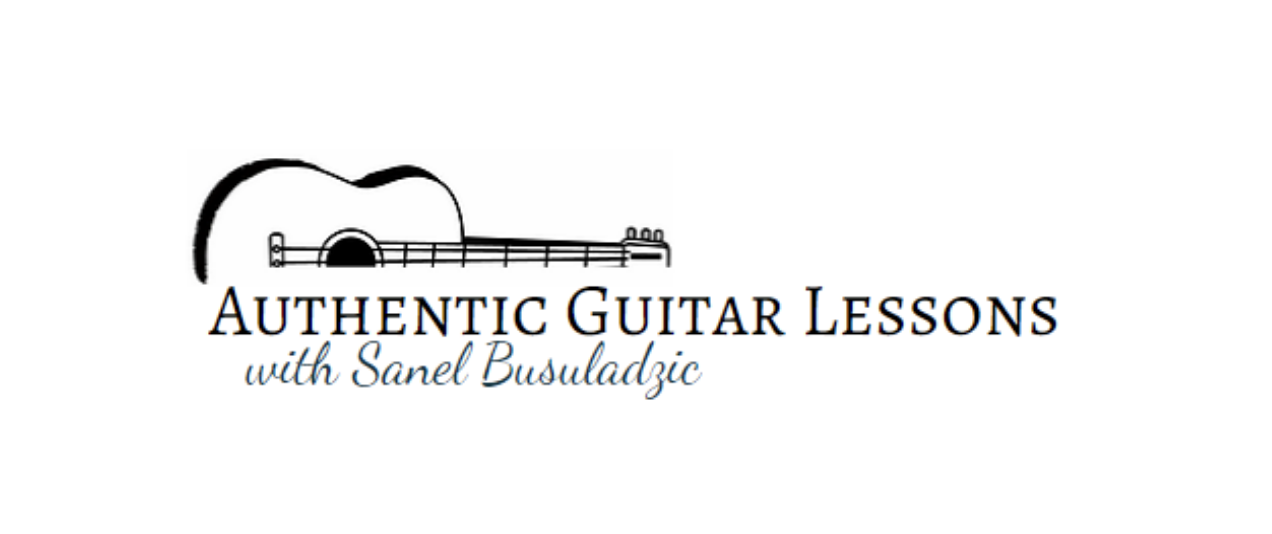Hello my name is Sanel and I teach guitar lessons in Calgary and Skype guitar lessons online. I’d like to briefly introduce you to the minor scale and how it works in the musical language.
The Minor Scale
Much like the major scale, a minor scale can start on any note and has eight notes in the alphabetical order. These notes are numbered just like the major scale starting from the bottom.
For example, the first (I) note is the tonic, the fifth (V) note is the dominant and the seventh (VII) note is the leading tone.
For each major scale or key, there is a relative minor scale or key. Major and minor scales that are related use the same key signature.
To figure out the relative minor of a major key, we can use the three letter names or three semitones lower or descending from the major key.
For example, the relative minor of C major is A minor. They have the same key signature of no sharps or flats.
There are three types of minor scales. Natural minor scale, harmonic minor scale and melodic minor scale.
Today we’ll take a look at the harmonic minor scale.
The Harmonic Minor Scale
The harmonic minor scale is formed by raising the VII (seventh) degree of the natural minor scale. The leading tone. Notice that the raised leading note is not in the key signature.
E Minor Harmonic Scale
The e harmonic minor scale has the same key signature (F sharp) as G major, its relative major, but the seventh degree of the scale (D sharp) is raised with an accidental.
In a harmonic minor scale, there are semitones between notes two and three, five and six, and seven and eight.
C Minor Harmonic Scale
The scale of C harmonic minor has a key signature of three flats (B flat, E flat, and A flat). The natural on the seventh degree of the scale raises the B flat one semitone to B natural.
Out of all the minor scales, the harmonic minor scale is mostly used to identify the key of a piece, especially when there is a raised seventh degree (leading tone) present.
www.authenticguitarlessons.com








